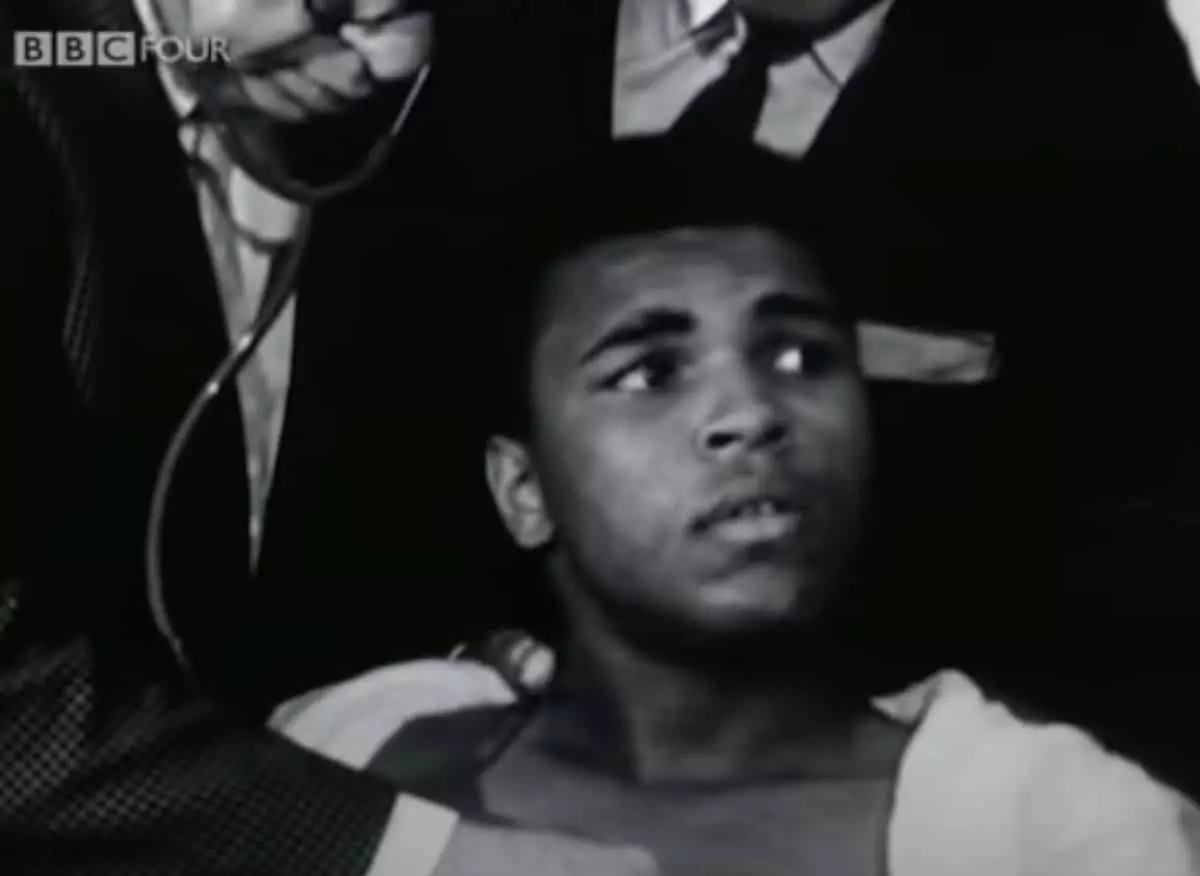Every year on January 17th, boxing enthusiasts around the globe celebrate the birth of an icon—Muhammad Ali. This date, however, holds an additional significance as it also marks the birthday of Oleksandr Usyk, another remarkable figure in boxing’s storied history. The day has transformed into a dual celebration of two extraordinary warriors who have not only excelled in the ring but also inspired countless fans with their dedication to the sport and their principled lives outside it. Usyk has openly expressed his admiration for Ali, citing him as a profound source of inspiration.
Usyk’s journey to heavyweight supremacy, highlighted by his victories over renowned fighters like Anthony Joshua and Tyson Fury, has etched his name among the sport’s elite. As boxing fans revel in these accomplishments, an intriguing question emerges: How would a clash between a prime Ali and a prime Usyk play out in the ring? The parallels between the two are striking; both men stand at 6’3,” possess a reach of 78 inches, and operated around the same fighting weight of approximately 220 pounds. These similarities pave the way for a fascinating hypothetical matchup, ripe for analysis and debate.
Imagining a bout between Ali and Usyk invites a thrilling exploration of styles, strategies, and strengths. Consider, for instance, a matchup that pits Ali as he was during his legendary fight with Cleveland Williams against Usyk in his prime, as seen in his first encounter with Fury. Both fighters displayed an exceptional aptitude for the sport, making the contest a potential masterpiece of technical boxing.
Ali’s unparalleled speed and agility, both in hand and footwork, set him apart from his contemporaries. His ability to float like a butterfly and sting like a bee is legendary. On the other hand, Usyk showcases remarkable footwork and punch placement, allowing him to maneuver gracefully around the ring while executing calculated strikes. If these two entities were to share the canvas, the fight could manifest as a mesmerizing ballet—a battle of wits, techniques, and, undoubtedly, a display of sheer resilience.
Given the format of modern scoring systems or the historical styles of the 1960s, speculating on the outcome becomes a confounding yet captivating endeavor. Would Usyk’s adaptations as a southpaw disrupt Ali’s rhythm? It’s worth pondering that Ali faced only two southpaws in his entire professional career; therefore, Usyk’s distinctive stance could present a unique challenge. However, it is equally plausible that Ali, with his quick reflexes, could exploit any openings created by Usyk’s unconventional approach.
Though the allure of the ring captivates fans and ignites their imaginations, it is essential to recognize that both Ali and Usyk stand out as champions not only for their athletic achievements but also for their character and influence. Ali’s legacy transcended boxing; he was a social activist who fought valiantly for civil rights and global peace, leaving an indelible mark on history. In a similar vein, Usyk has shown a commitment to humanitarian causes and personal integrity that resonates with his fans and the public.
Ali would have celebrated his 83rd birthday today, a poignant reminder of the impact he had on the sport and the world. In contrast, Usyk turns 38, heightening curiosity about how much more he will achieve before he steps away from the sport. Can Usyk navigate the final stages of his career with an undefeated record, a feat that eluded Ali? The prospect is tantalizing.
In reflection, Usyk encapsulates Ali’s spirit, acknowledging the broader implications of their shared legacy. “When I think about Muhammad Ali, it’s not just boxing. It’s the path he took, his nature. He fought for his rights, his nearest and dearest.” These words resonate deeply, shedding light on the deeper responsibilities that come with greatness.
The Legacy Continues
On this day, as fans celebrate both Muhammad Ali and Oleksandr Usyk, it is vital to recognize that their influence and achievements extend beyond the confines of the boxing ring. They embody the essence of perseverance, strength, and social responsibility, serving as role models who strive not only for personal accolades but for a greater purpose.
As the dialogue of a potential face-off between these two greats continues, let us also pay homage to the legacy they have forged—a legacy that inspires future generations of athletes to pursue excellence both in and out of sports. The date of January 17th will forever be significant, as it symbolizes not just the birth of two formidable fighters, but the birth of movements championed by these icons toward a better world.


Leave a Reply